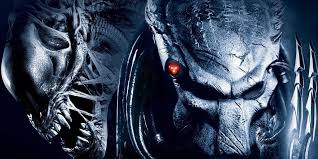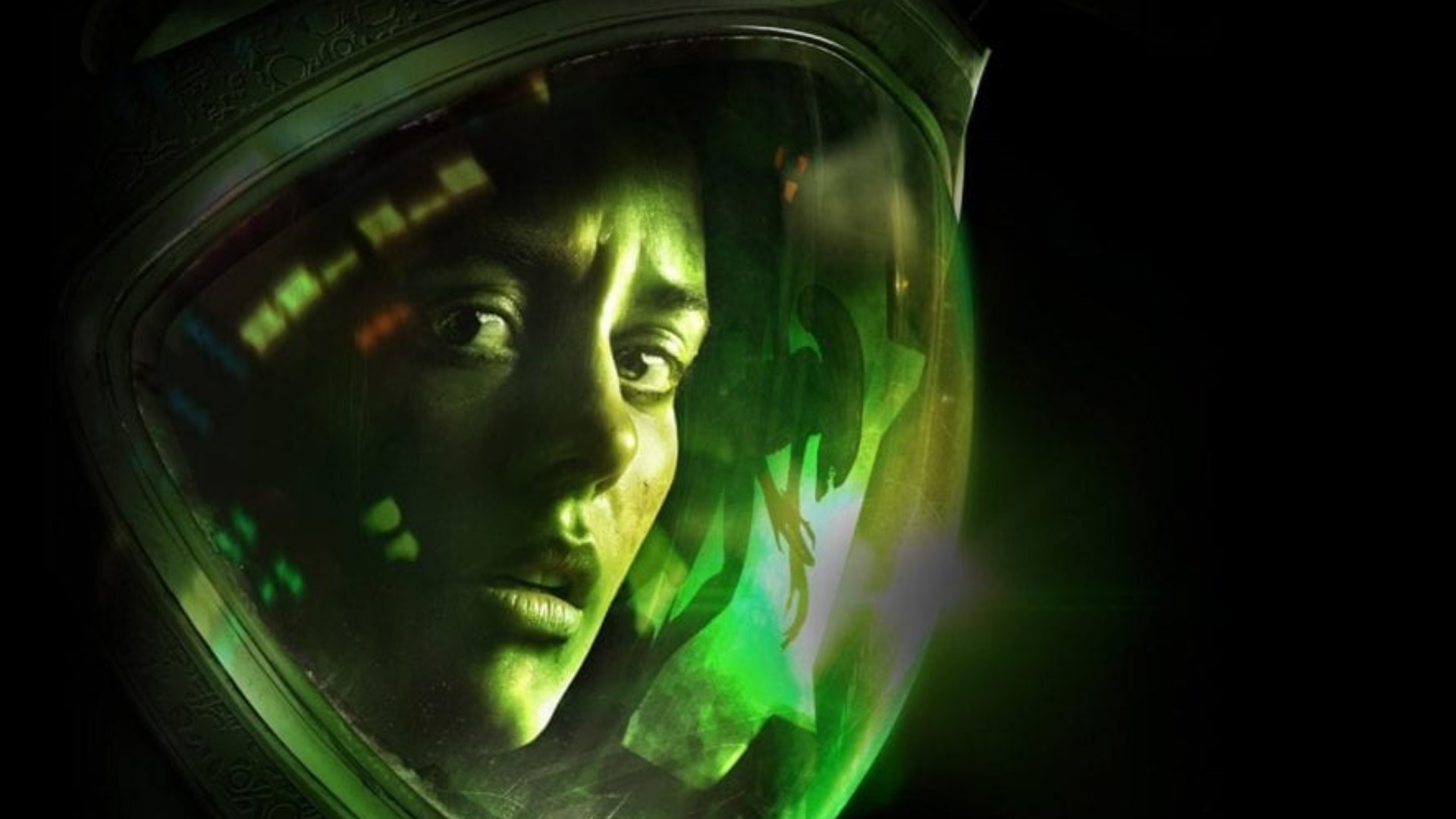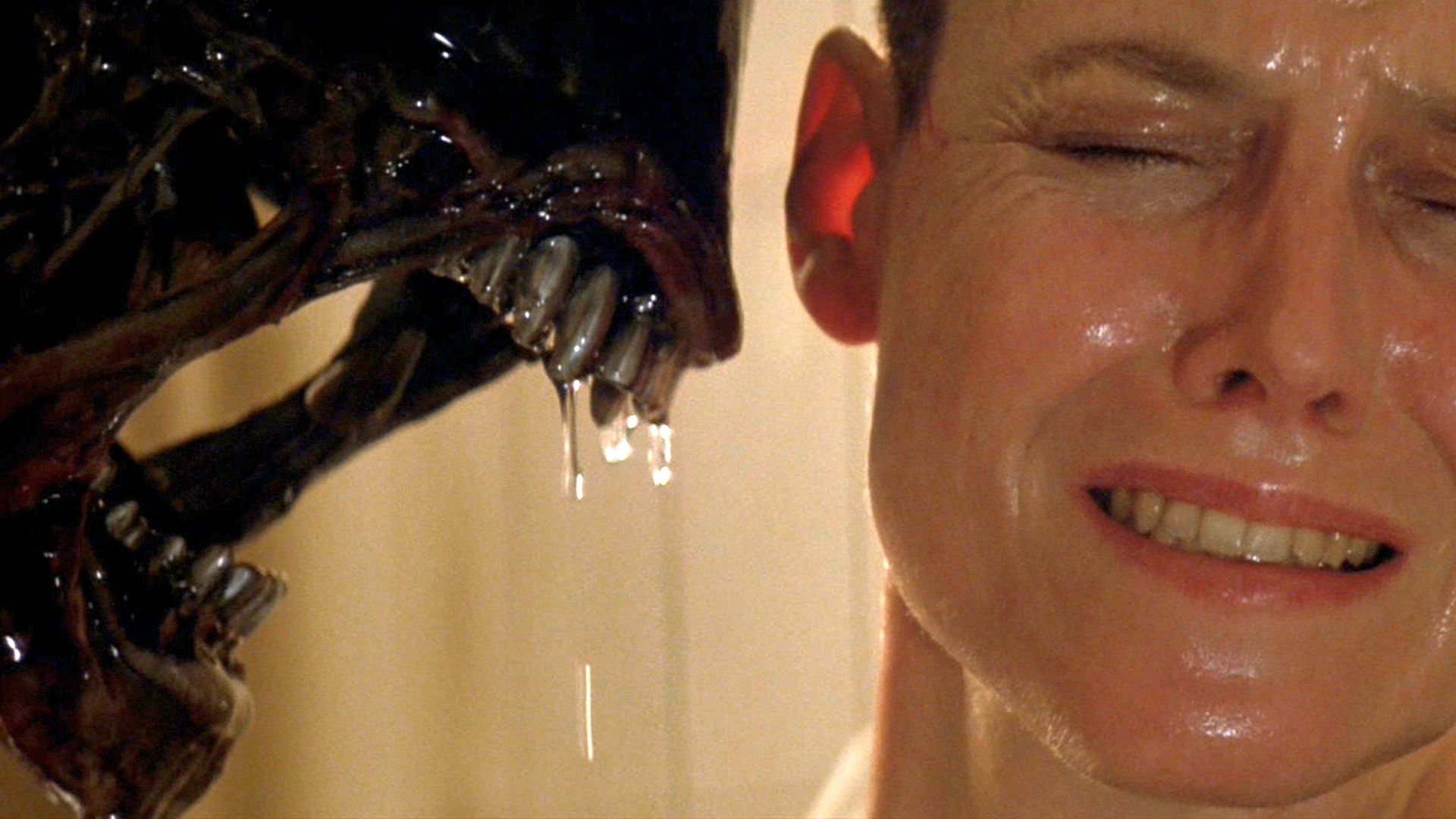Aliens, or extraterrestrials, are fictional beings that does not originate on Earth or outer space. This list was inspired by the List of Vampire Traits in Folklore and Fiction on Wikipedia, albeit a few modifications.
Supernatural Powers
- Strength – A lot of alien species can easily out class a human in terms of strength. Whether this is due to their physiology, adaptation, or enhancedments varies. Kryptonians are human-like but their strength is god-like, Vulcans are superior to humans in terms of their physical strength. How alien strengths can vary depending on their physiology.
- Durability – An otherworldly creature could have a enhanced durability. Very few alien species seem to have an enhanced durability. Xenomorph skeletal frames are hard but can be penetrated by high caliber rifles.
- Speed – Outside of comic books aliens don’t usually run around with super speed. But there’s not to say that there aren’t some. Earth’s yellow sun provides Kryptonians with a physical abilities far surpassing that of humans including super speed. Superman and Supergirl are among the fastest characters in DC Comics.
- Telekinesis – In the WB sci-fi series Roswell, some of the aliens can channel their abilities through their hands to move objects with their mind.
- Vacuum Adaptation – Some creatures are capable of living (permanently or temporarily) in the vacuum of space.
- Regenerative Healing Factor – Of course, there is the obvious enhanced healing if injured. Namekians have a strong regenerative cycle, even capable of regenerating lost limbs.
- Telepathy – The ability to read the minds of others and project their thoughts to varying degrees. The Green, White, and possibly the Yellow Martians of the DC Comics world were adept at telepathy. This can also include mind control.
- Intelligence – Most alien species are depicted as being superior in intelligence compared to that of humans. This is especially emphasized with their space travel and advanced technology. Megamind (Megamind) has a genius level intellect.
- Shapeshifting – The ability to completely change one’s body from one form to another. In the 1982 The Thing, the alien organism shapeshifted into the same organisms (sled dogs, humans, etc.) that it replicated or was in the process of replicating. The race of human-like anthropomorphs, the Ctarl-Ctarl (Outlaw Star), can shape-shift into a half-human, half-beast form when angered or threatened.
- Camouflage – The Yautja of the Predator series utilize their advanced technology to render themselves invisible, or nearly invisible due to stealth being a major part of their Hunt.

Weaknesses
- Fire – Gasoline and a match will just about kill anything.
- Water – The aliens in the 2002 movie Signs were defeated with the use of water, which reacts like acid on their skin.
- Electricity – This is mostly effective against creatures with an electrical system which can be overloaded. And probably set on fire.
- Disease – Despite the mankind’s best efforts bacterial infection wiped out the aliens in the 2005 War of the Worlds (despite millions of lives taken by the aliens). Even in the 1998 Species II, the alien Patrick was killed after being injected with sickel-cell anemia.
- Mortality – Despite being otherworldly, most extraterrestrials are bound by the same laws of physics as any other species. Most have organs, and brains, and some type of bone-like structures and can be killed by being stabbed, drowned, shot, run over, hell, even old age.
- Environment – Some alien creatures require a certain environment to survive in.
Appearance
- Humanoid – Aliens come in all types of shapes and sizes but the most common ones are humanoids. Yautja (Predator), Saiyans (DragonBall Z), Kree (Marvel Comics), Na’vis (Avatar)are humanoid in shape.
- Eyes – Most living creatures have eyes. Some can apparently see without the need of eyes.
- Claws – Most creatures have claws. Look at the Yautja, humanoid in shape and form, they possess clawed fingers.
- Fangs – This tends to focus more on more carnivoric or hostile alien groups.
- Tentacles/Tendrils – Many alien creatures are depicted with tentacles or tendrils. A god-like being and definitely an extraterrestrial known for world ending, Cthulhu has a bunch of eyeballs and tentacles/tendrils writhing about.
- Tail – Some alien species have a tail. Xenomorphs possess tails which they can use as weapons.

Reproduction
- Host – Like certain species of bugs on Earth, there are alien species that require a host to reproduce. Perhaps the most prominent of these are the xenomorphs. Xenomorph Queens birth eggs which in turn, birth facehuggers. The facehuggers then impregnate other organisms in which chestbursters emerge from the host, killing the host to become a xenomorph. Even in the 1986 Night of the Creeps film, the town is overrun by alien slugs that gestate in a host’s head turning them into “zombies”.
- Spores – In the film/book Dreamcatcher, the parasitic aliens called the byrum are almost certainly formed when an individual ingestion of the viral mold. In the Alien: Covenant film, two of the crew are infected by a cloud of microscopic spores released by fungus-like egg sacks found on the planet LV-223.
- Infection – In fiction there are several species that reproduce through infection. Most notably zombies, but in this post we’re talking about aliens. There are two alien species in video games that spread by infection. One is Halo‘s the Flood and Deadspace‘s Necromorphs. The Flood infects then converts their live victims while Necromorphs kill and infect dead ones.
- Assimilation – Some species of alien lifeforms use assimilation to reproduce. The Reapers of Mass Effect harvest other species’ genetic material to create newborn Reapers. Another exceptionally well known alien that assimilates its victims is the creature from The Thing, which infects its victims, takes them over, and replaces them.
- Creation – In the movie 2013 Pacific Rim, a sentient race from the Anteverse called the Precursors, genetically engineer Kaiju to wage war on Earth.
- Fertile – Like many creatures on Earth, some alien species have the ability to reproduce sexually or asexually.
Feeding
- Assimilation – Some creatures feed by assimilation. The Flood in Halo are one such species and can only be defeated by killing off their food supply.
- Consumption – A lot of aliens are depicted as feeding like most Earthbound creatures. Little Shop of Horrors is an example of this Audrey II ate its victims which caused its rapid growth.
- Self-Sustenance – Some species of extraterrestrials have no need for food, sleep, or any other necessities.
Setting Characteristics
- Hive Mind – Like a lot of species in on Earth, certain species have a hive mind. There are numerous alien races that fit this trait: the Borg (Star Trek), the Flood (Halo), the xenomorphs (Alien), the Cybermen (Doctor Who), and Brood (Marvel Comics).
- Advanced Technology – If there are aliens from outer space that travel the stars, most likely they have advanced technology. In the Halo franchise, the Covenant utilize advanced tech from the ancient Forerunner race. In the films Mars Attack! and War of the Worlds, Martians use superior technology to attack Earth.
- Bio-Technology – Species who utilize biological systems and creatures as weapons, vehicles, structures, and even spaceships. In the The New Jedi Order series, the Yuuzhan Vong utilize biotechnology to wage war on the galaxy. Although not technically extraterrestrials, the Locust Horde utilize a variety of creatures as weapons and vehicles.
- Alien Society or Organization – Men in Black is probably the most prominent alien organization on Earth. There is the fictional Starfleet in the Star Trek media franchise which is comprised of both humans and other extraterrestrials.
- Known to Human Society – Not all media aliens are known to humans. In fact, a majority of them aliens aren’t really known, at least until they attack the planet. Again, Men in Black are tasked with keeping the presence of aliens hidden from humanity.
Thanks for checking out the post and in the comment section below let us know what your favorite powers and abilities are and if we left anything out that should’ve been included.







Be the first to comment